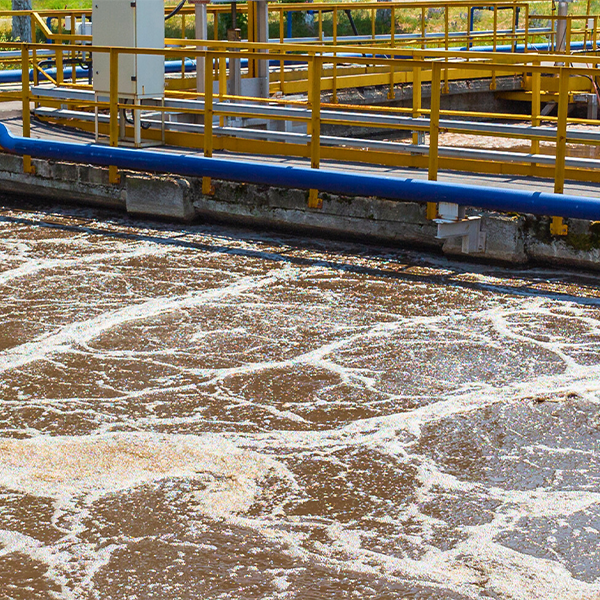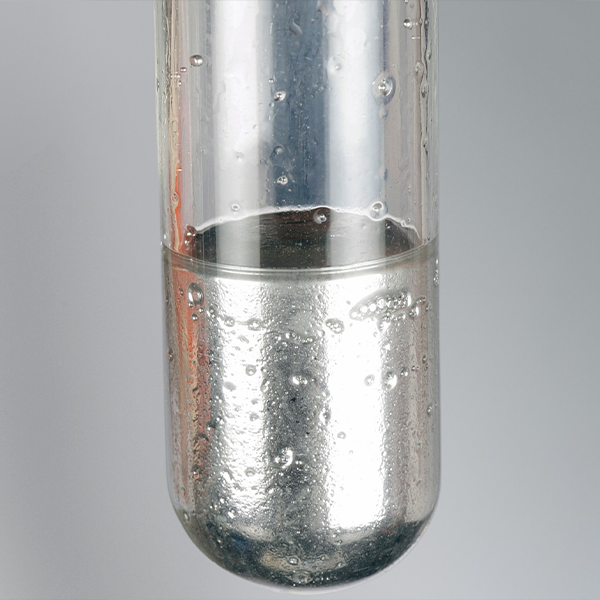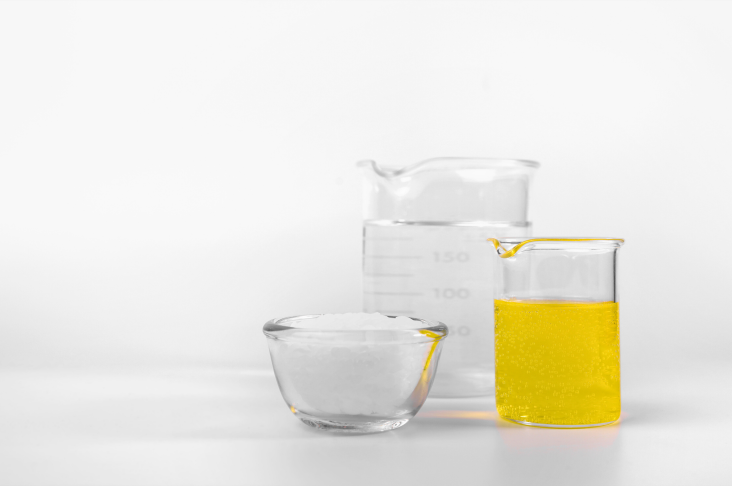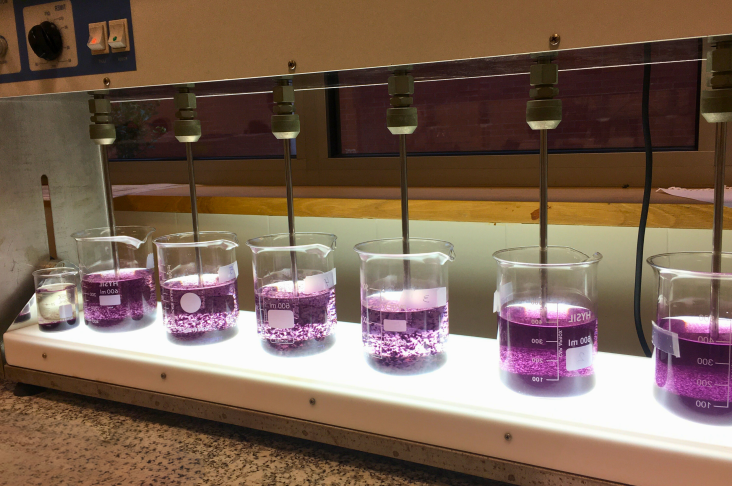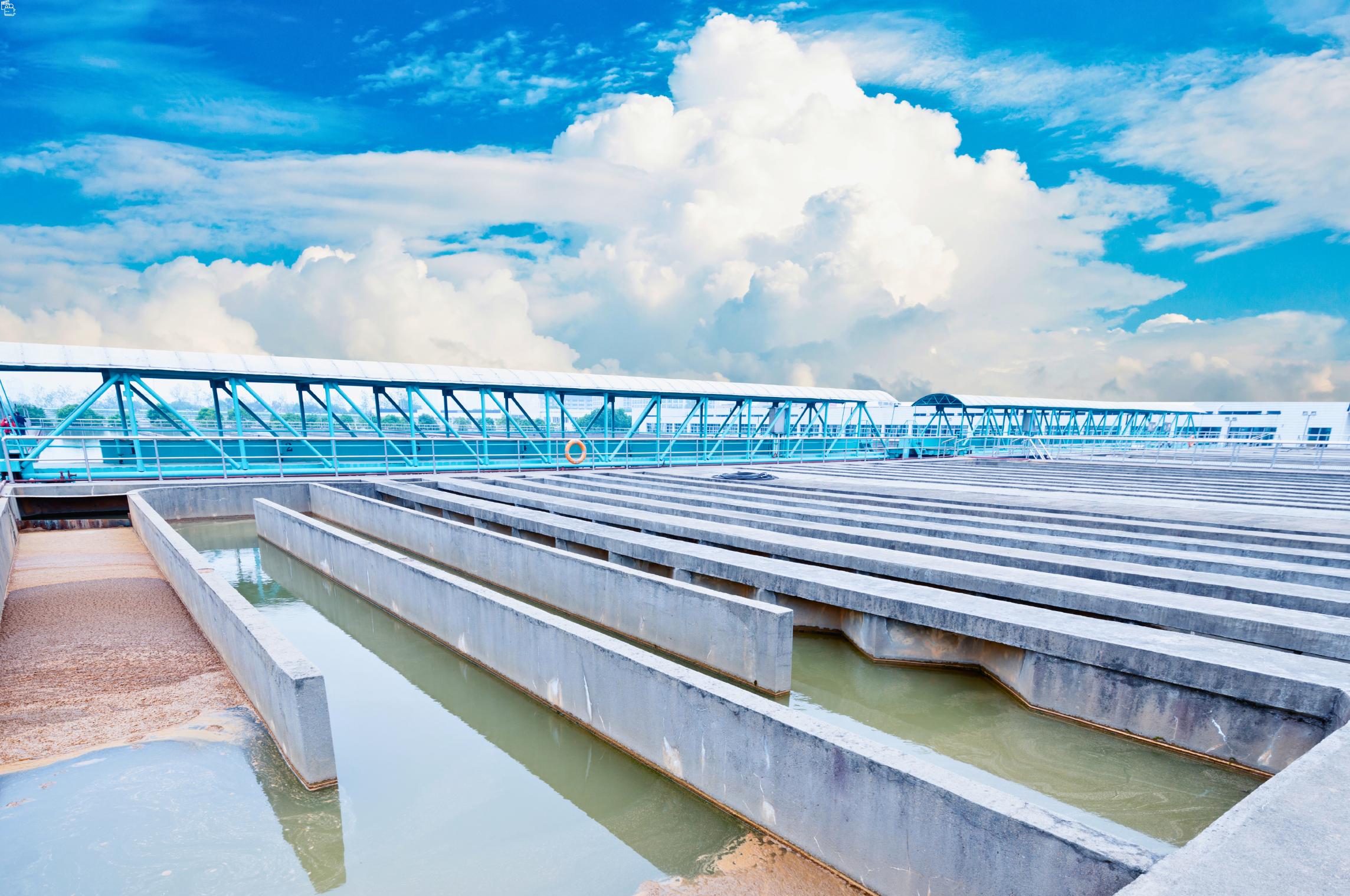COD (Chemical Oxygen Demand) Removal
COD (Chemical Oxygen Demand) refers to the amount of oxygen required to oxidize organic and certain inorganic substances in water. In wastewater treatment, COD is an important parameter for determining the pollution load of water. A high COD value indicates that the water is heavily polluted with organic matter, and discharging it without treatment can lead to serious environmental problems.
COD Removal Methods
1. Physical Treatment
Primary Sedimentation
Filtration
Oil and Grease Separation
2. Chemical Treatment
Coagulation and Flocculation: Reduction of COD using chemical coagulants (e.g., PAC and FeCl₃)
Oxidation: Decomposition of organic matter with ozone, chlorine, or hydrogen peroxide
3. Biological Treatment
Aerobic Treatment: Oxidation of organic matter with the help of bacteria (activated sludge, trickling filters, biological reactors)
Anaerobic Treatment: Decomposition of organic matter with methane production
COD removal ensures that water is treated and discharged without harming the environment. The treatment method is determined based on the pollution load of the water and the characteristics of industrial processes. Effective COD removal is critically important for sustainable water management and environmental protection.



